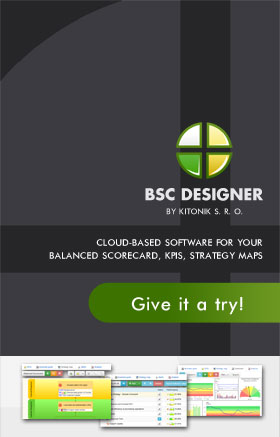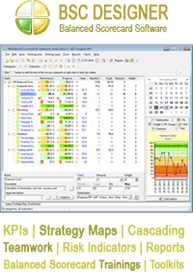Assuring Quality through Interface Control Testing
When you’re involved in developing new systems, many software tests appear to be required to prove these systems. The following are the major software testing types: component, system, acceptance, release, and interface. Interface control testing is one of the popular methods.
Automation testing is a common software test approach used by software engineers. In this approach, testers won’t have to do quality assurance or run tests manually. Nevertheless, automated tests require that prior manual test procedures be put in place and that these procedures conform to a formalized test process. A special software is used in automating the process. This is in order to control test runs, to prepare test requirements or test pre-conditions, and to weigh actual outcomes against predicted results. Although automation allows software developers to save energy and time, testing software manually is still necessary for more intricate and complex tests.
Interface testing, a very important test to assure the quality of software products, is a testing methodology that can’t be completely automated. In this type of testing, software developers test the interfaces between components of a system. Basically, people communicate with a device via an interface, software consisting of sets of images, commands, messages, and some other features allowing communication between the user and the hardware in use. Many businesses use interface testing in order to make certain that customers will not come across problems when they use certain software products once these are sent to them.
Normally, interface testing is performed in two phases: (1) when developers test the interfaces individually throughout system testing (here, developers basically use a stub or a “dummy” system to imitate a closed-loop system or a distant system); and (2) when systems are tested simultaneously with them communicating with one another throughout interface testing.
By and large, software developers would like that their products are supported by two or more languages, hence the need for a critical understanding of the interface. Here, software developers revise or alter them and set them up to software application after they take note end-user feedback. More often than not, specific tasks are assigned to end-users. For the duration of the test, program flows are checked and examined to know whether or not it fits with the natural strategies of the users in navigating within the application. Moreover, this test determines which application areas are initially and usually accessed and its user-friendliness as well. Often, moderators are assigned to undertake quality assurance testing. During the process, communication with the end-users is not necessary. Instead, the moderators are only required to document or record the reactions of the users towards the software application.
Many software developers say that you can find bugs easily in interface control testing. Usually the erroneous mapping of data causes bugs, which may lead to the following kind of bug: data will be inconsistent between system components because of misinterpretation or truncation of the information. In addition, there will also be a failure in software that interfaces between two systems. Here, no data is transferred, which usually leads to the failure of the entire interface.
—
If you are interested in Interface Control Testing, check this web-site to learn more about gui control quality testing.


